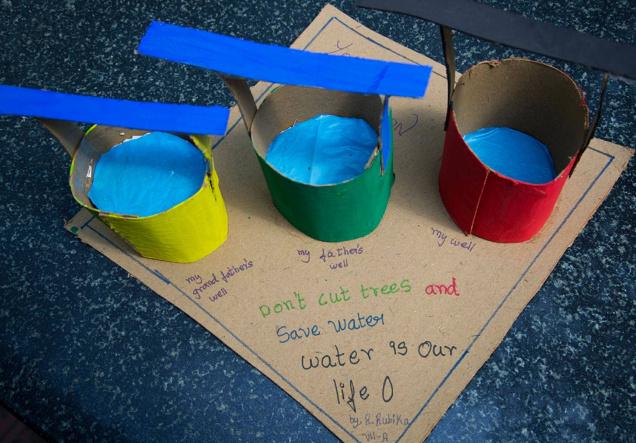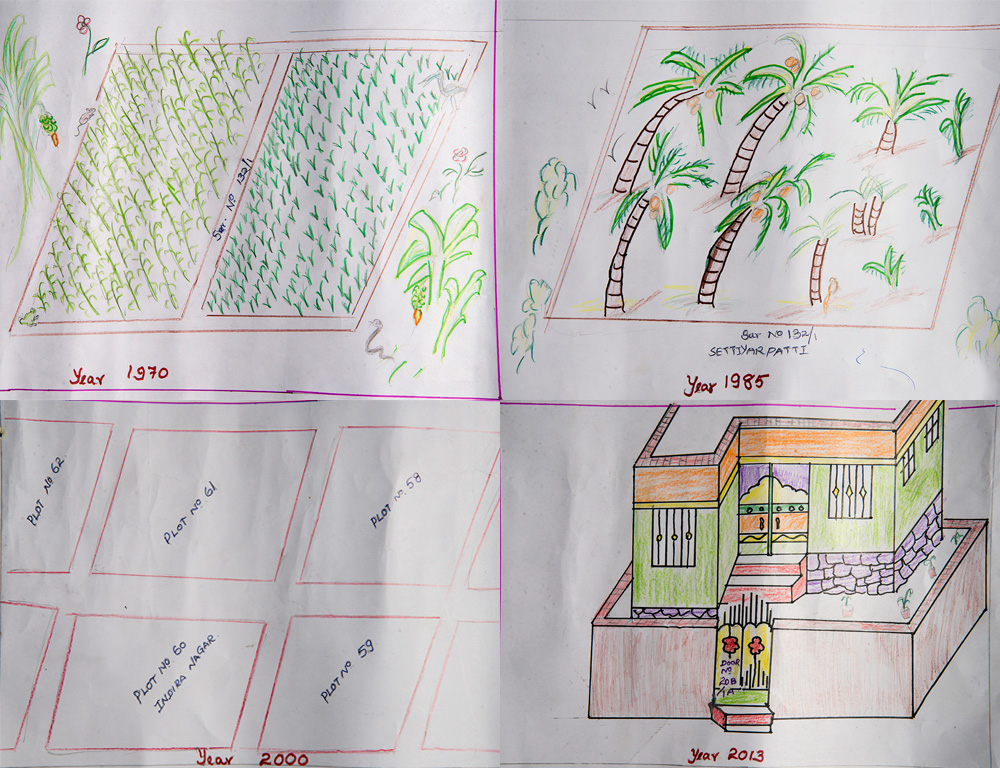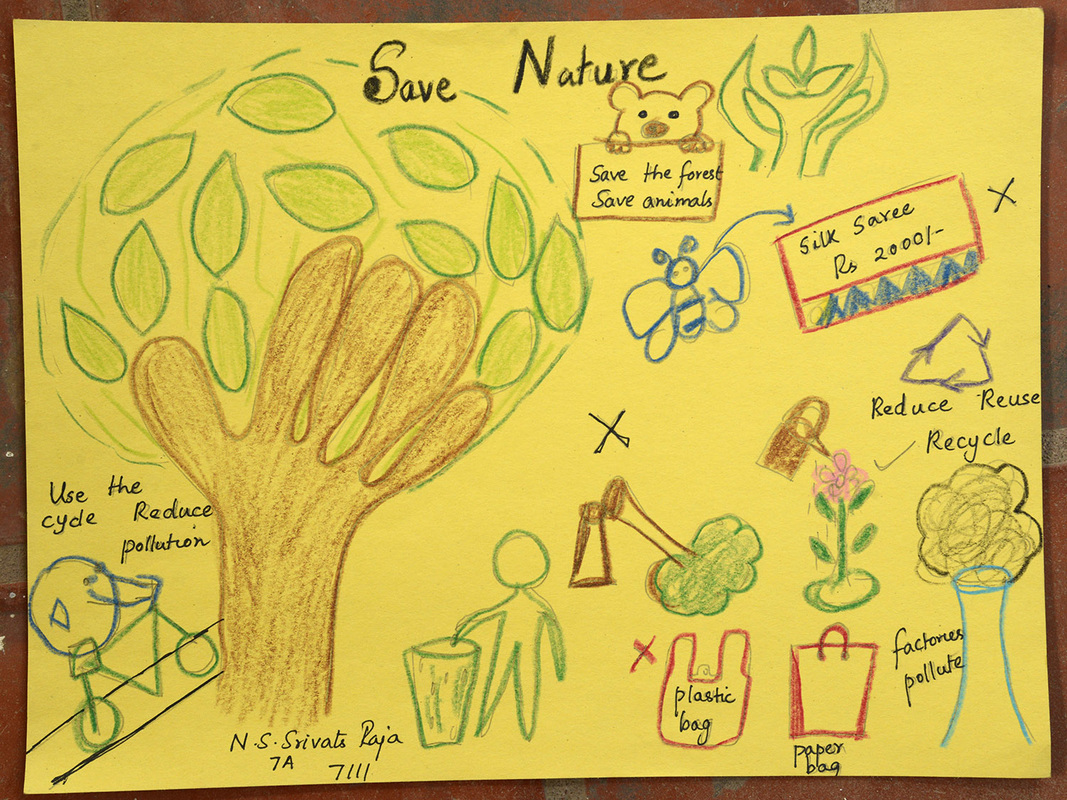Environmental changes and destruction of forests is common in today’s world. But it is hard for us to visualise the negative impact of these changes or imagine the root cause for it.
The caribou, also known as the reindeer, has been migrating to the Tundra in the Alaska’s north coast for over a millennium. More than a hundred thousand animals migrate to this landscape at a particular time to feed on its lush green vegetation. For many decades the natives and researchers have observed this spectacular migration, which is similar to the wildebeest migration in the African Savannah.
Many years back, there was a sudden drop in caribou numbers. Thousands of animals vanished from the herd. This baffled the scientists. Studies revealed that mosquitoes were the reason for the disappearance of thousands of caribou!
These mosquitoes are usually in the larval form hidden in the vegetation when the caribou feeds. These larvae hatch after the caribou completes its feeding months and migrates to another place. This has been the routine cycle.
But due to climate change and global warming, the rise in just one degree of temperature hatched the mosquito larvae, which coincided with the caribou’s feeding months. To escape the mosquitoes sucking their blood, the caribou started to climb the mountain slopes covered with snow. Thousands of caribou started to die due to harsh weather and lack of vegetation on these slopes.
This is an example of how everything in nature is closely interconnected. The migration of caribou could never be the same like how it was many decades ago.
There are numerous stories like this around us.
How did our environs look like in 1920s, 1940s, 1970s and 2000s? You could find this if you love Sherlock Holmes styled investigation clubbed with an interest in environment. Ask questions, read books, think and imagine how forests would have been during your parents’ and grandparents’ time. Talk to them to record their memories of nature when they were young.
The caribou, also known as the reindeer, has been migrating to the Tundra in the Alaska’s north coast for over a millennium. More than a hundred thousand animals migrate to this landscape at a particular time to feed on its lush green vegetation. For many decades the natives and researchers have observed this spectacular migration, which is similar to the wildebeest migration in the African Savannah.
Many years back, there was a sudden drop in caribou numbers. Thousands of animals vanished from the herd. This baffled the scientists. Studies revealed that mosquitoes were the reason for the disappearance of thousands of caribou!
These mosquitoes are usually in the larval form hidden in the vegetation when the caribou feeds. These larvae hatch after the caribou completes its feeding months and migrates to another place. This has been the routine cycle.
But due to climate change and global warming, the rise in just one degree of temperature hatched the mosquito larvae, which coincided with the caribou’s feeding months. To escape the mosquitoes sucking their blood, the caribou started to climb the mountain slopes covered with snow. Thousands of caribou started to die due to harsh weather and lack of vegetation on these slopes.
This is an example of how everything in nature is closely interconnected. The migration of caribou could never be the same like how it was many decades ago.
There are numerous stories like this around us.
How did our environs look like in 1920s, 1940s, 1970s and 2000s? You could find this if you love Sherlock Holmes styled investigation clubbed with an interest in environment. Ask questions, read books, think and imagine how forests would have been during your parents’ and grandparents’ time. Talk to them to record their memories of nature when they were young.
Here are a few questions to start your investigation:
1. Did the rains arrive on time? Were they consistent? Did it rain for the complete monsoon period?
2. From where did you get water those days? How clean was the water then? Know about your nearest water source. How has it changed with the times?
3. What kind of garbage was produced many decades ago? Did you reuse any of the garbage? How did you dispose the rest?
4. What were the trees and birds you saw? Do you see them now? If they have disappeared, what do you think could be the reasons?
Each unique memory is a treasure to remind us of the loss of forests and wildlife at an unimaginable level during the last few decades. I hope the stories that you find will bridge your gap with nature and propel you to conserve the natural world around you.
1. Did the rains arrive on time? Were they consistent? Did it rain for the complete monsoon period?
2. From where did you get water those days? How clean was the water then? Know about your nearest water source. How has it changed with the times?
3. What kind of garbage was produced many decades ago? Did you reuse any of the garbage? How did you dispose the rest?
4. What were the trees and birds you saw? Do you see them now? If they have disappeared, what do you think could be the reasons?
Each unique memory is a treasure to remind us of the loss of forests and wildlife at an unimaginable level during the last few decades. I hope the stories that you find will bridge your gap with nature and propel you to conserve the natural world around you.



 RSS Feed
RSS Feed